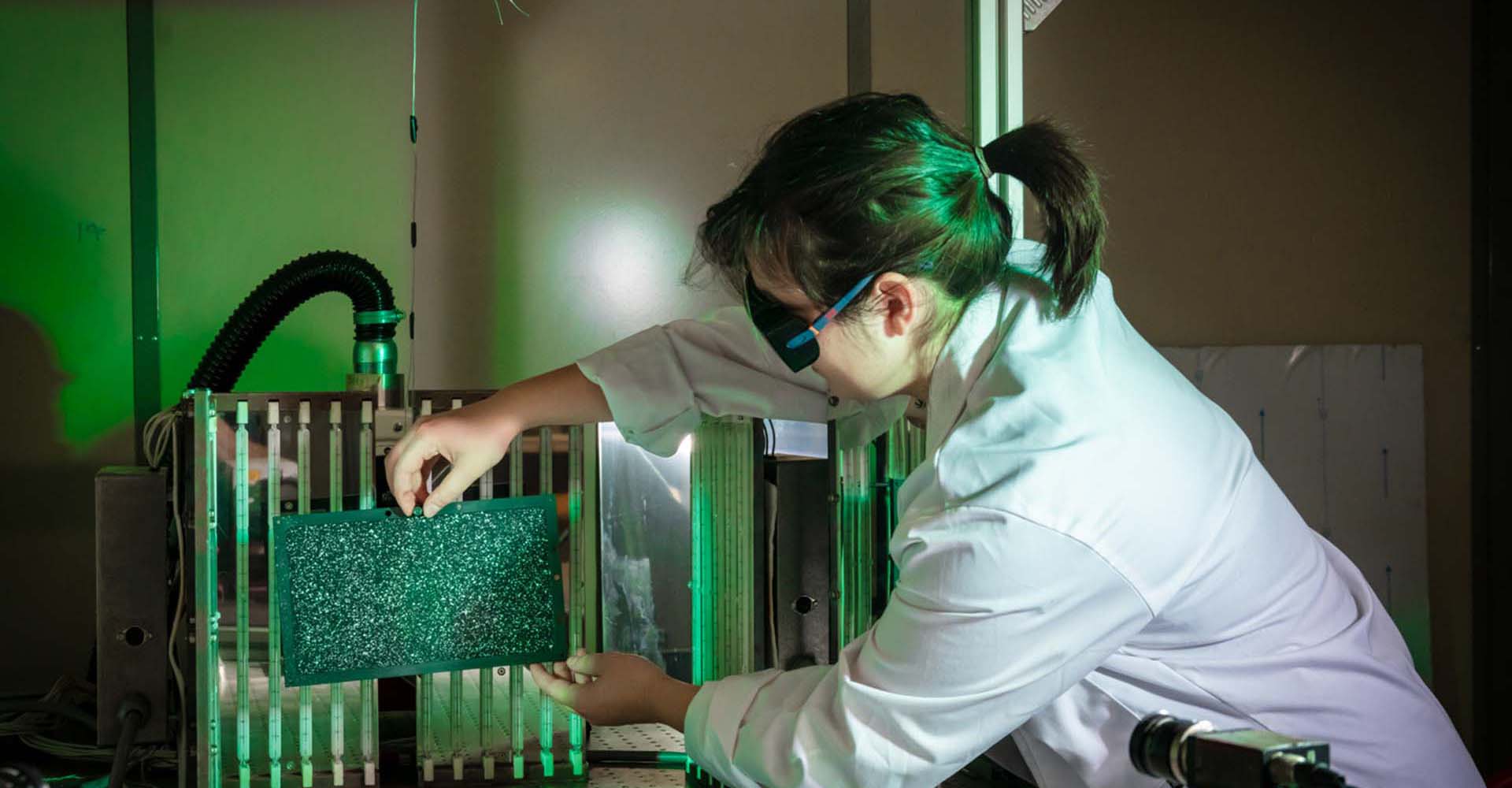Across global industry, the use of computational models has become ubiquitous in recent years for the design optimisation and evaluation of the integrity of engineering components and structures. Faced with conflicting demands for components and structures to be sustainable, reliable and low-cost, engineers need to use elegant designs and require very high levels of confidence in their computational models.
The challenge for engineers working in industry is to establish confidence in computational models using the minimum number of physical tests precisely targeted to yield accurate, comprehensive and relevant data at minimum cost.
Model validation using data from real-world tests is a crucial step in establishing confidence in these models.
Our researchers have been applying their engineering expertise to collaborate with the nuclear and aerospace sectors to take on this model validation challenge. Their research aimed to quantify and reduce the uncertainty of the strain measurement systems which are used to test components used for fission reactors in the nuclear sector and the load-bearing structures of aircraft in the aerospace industry.
Our engineers developed efficient methods for quantitatively comparing the computationally predicted strain fields in engineered components with those measured in physical tests. This was achieved by innovatively repurposing image decomposition techniques, originating from fingerprint and iris recognition.
Their research supported the collaborative development of industrially-applicable and internationally-acceptable validation methodologies.
The new techniques developed by our engineers have been incorporated into a pre-standard by the European Committee for Standardisation (CEN), with their recommendations being embedded into the internal procedures for validation of computational mechanics models by industry across the aerospace, automotive and nuclear sectors.
The application of our research has led to the closer integration of physical tests and simulations of aircraft structures, resulting in fewer data-rich tests being conducted by aerospace organisations, thereby reducing development times by 30% and creating savings of £10 million per development cycle.
Working in collaboration with the National Nuclear Laboratory, our technological approach has also been implemented in an integrated nuclear digital environment (INDE), generating cost savings of between 20% and 40% over a nuclear powerplant’s lifecycle.
Our work has also led to a reduction of 20 years in the project timeline for the UKAEA’s Spherical Tokamak for Energy Production (STEP) programme that will demonstrate the ability to generate net electricity from nuclear fusion.
View our PDF to read more about our research with impact
Back to: School of Engineering
